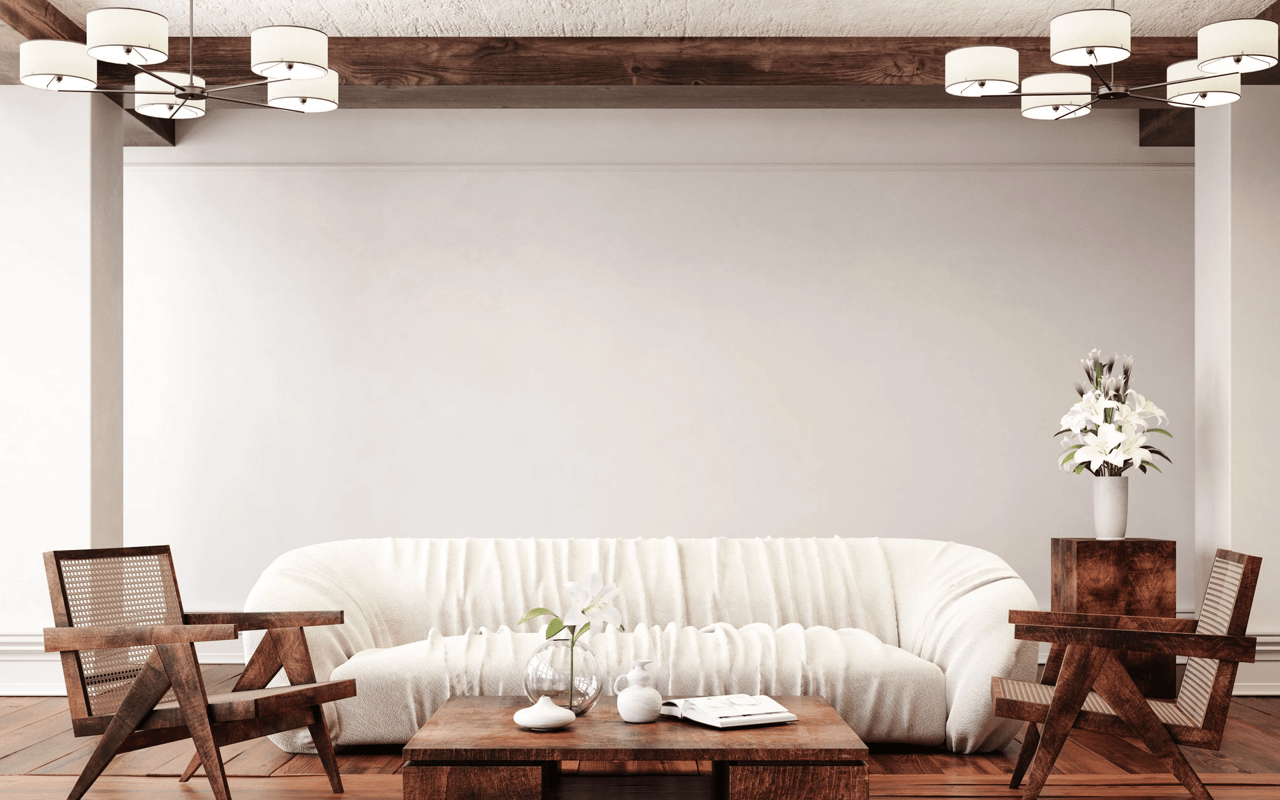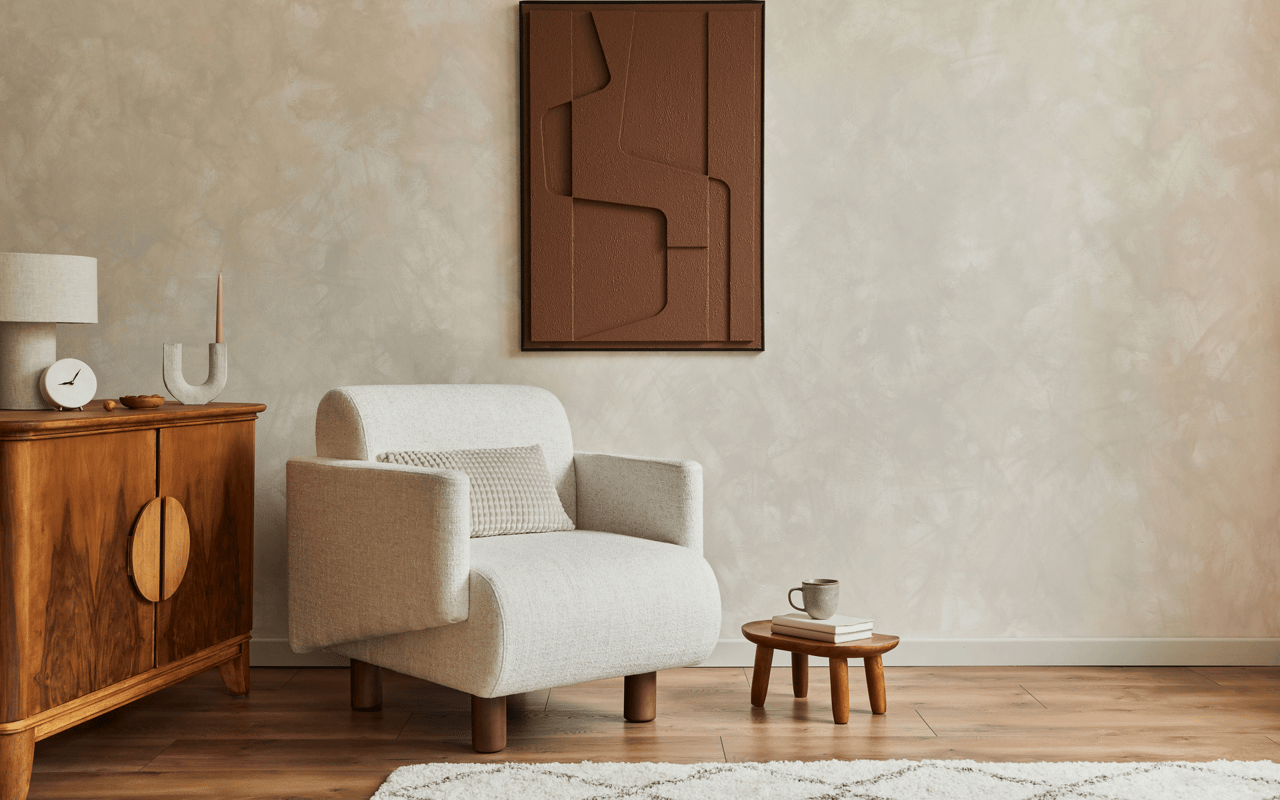
The Fed's Increase: Should They or Shouldn't They?
There’s a lot of buzz surrounding speculation that the Federal Reserve will be raising the cost.

Your Realtor’s Rep Can Make or Break Your Purchase
Finding your perfect match, unlocking dream homes through local expertise.

Relationships Are Key to Closing in The Pandemic Market
Leveraging local connections and off-market strategies for a smooth real estate journey.

How to Overcome the Biggest Seller Challenges of 2020 and Sell Your Home Fast
Challenges, options, and expert tips to sell your home quickly in a shifting market.

San Clemente Events Calendar for May 2018
Want to know what is going on in San Clemente this month? Well, we got you covered.

Tax Reform Update! Are You Ready?
Tax Reform Chart: Provisions of Interest to Real Estate Professionals.

Making Waves in Dana Point Harbor
One of the newest communities to be coming to the downtown Dana Point area is called South Cove.

Buying Your Dream Home? Don’t Do This!
Buying a home is an immense purchase, most likely the largest you will make during your lifetime.

3 Foolproof Ways to Make an Amazing First Impression on Home Buyers
These simple steps will help ensure that the first impression is the best to drive potential buyers.